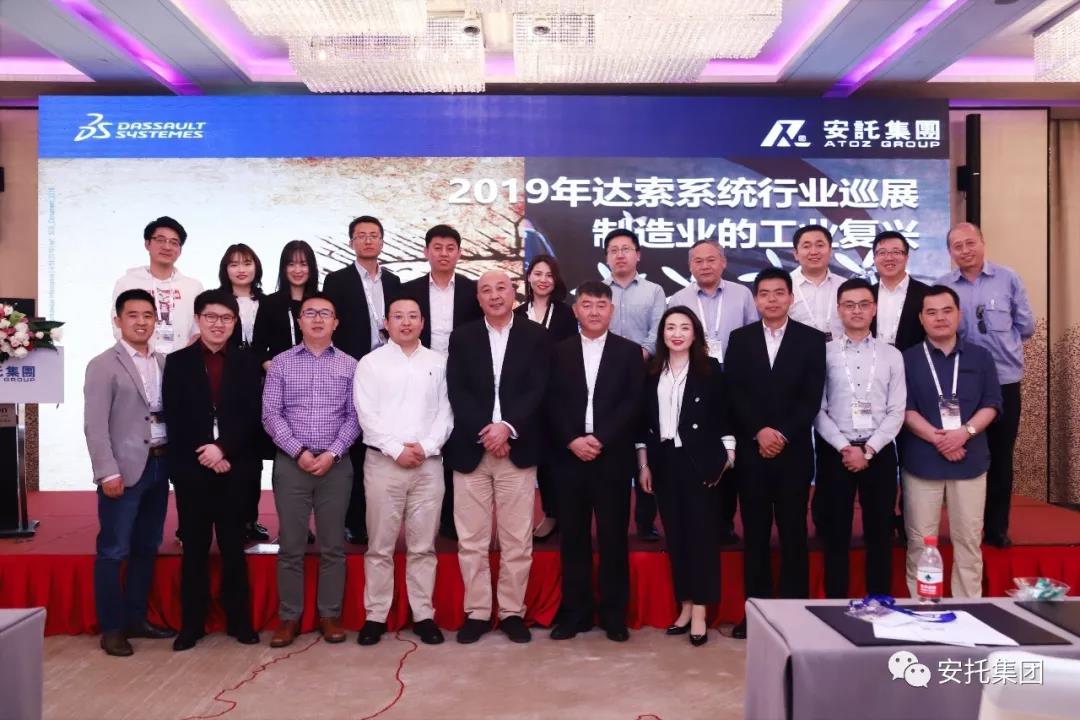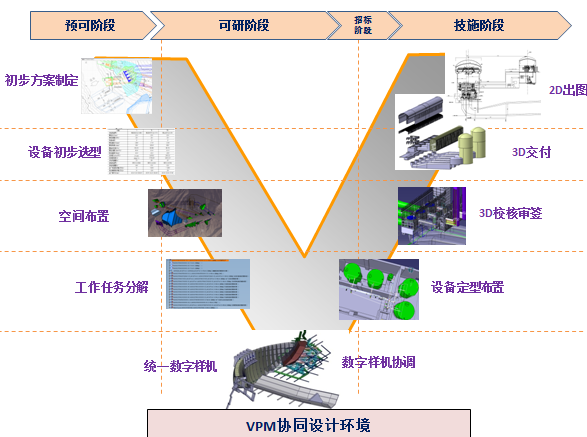Scan and pay attention to us
Dassault Platinum Partners
Dassault Certified Partners in Education
Case
Aerospace Ships and marine engineering Industrial equipment High-tech Energy Transportation Architecture400-900-7701
Online Customer Service Hotline
Dassault is the first C&SI Consulting & Systems Integrator consultant and system Integrator
Copyright 2018 Shanghai ATOZ Information Technology Ltd. 沪ICP备08114470号-1
Inventory: What are the new breakthroughs in 3D printing technology in the first half of 2016?
3D printing technology is a kind of rapid prototyping technology. It is a digital model file based on the use of powdered metal or plastic bonding materials to construct objects by layer-by-layer printing. In recent years, with the industry heating up, 3D printing has set off a new wave in the world, and 3D printing technology has also achieved new breakthroughs in various fields. Next, Xiaobian will take a look at the new breakthrough in 3D printing technology in the first half of 2016.

Inventory: What are the new breakthroughs in 3D printing technology in the first half of 2016?
1. Professor Khoshnevis developed a new 3D printing technology called Selective Sintering (SSS). It is understood that SSS is actually a powder sintered 3D printing process that can use a variety of materials including polymers, metals, and ceramics. At present, Professor Khoshnevis and his team have successfully printed a brick structure with this new technology, which is strong enough to withstand the high temperatures and high pressures generated by the spacecraft landing.
2. Researchers at the Fraunhofer Institute in Germany have developed a very flexible 3D printing method that can make almost any imaginable medical treatment, such as bone implants, dentures, surgical tools or microreactors, as needed. Device design. Researchers from Dresden are working on a suspension-based additive manufacturing method that, if combined with its additive manufacturing technology, can create more than just microreactors, including bone implants. , dentures and surgical tools.
3. A new breakthrough was achieved in 3D printing technology in the California laboratory. Scientists at HRL Labs have discovered that 3D printing technology can be used to make ceramic components for a variety of cutting-edge applications. Researchers at HRL Labs want to apply ceramics made from 3D printing technology to other fields. For example, aircraft engines can operate efficiently in high temperature environments. If ceramics can be used to make aircraft engines, the temperature of the aircraft will be greatly improved. It will further speed up the aircraft.
4. The NASA Goddard Space Flight Center in Greenbelt, Maryland, has a team of technologists who have been working on a 3D printing process called Aerosol Jet Printing. The technology, led by Optomec, based in Albuquerque, New Mexico, is ideal for manufacturing high-performance electronic components and providing NASA researchers with more compact electronic components. Once successful, aerosol jet printing technology will define a new, intensive board production approach that optimizes electronic component performance and compatibility.
5. Researchers at PennState in the United States have developed a new 3D printing technology that enables the world's first rapid prototyping and testing of polymer films and printing them into various patterns to improve performance. In the future, the research team will continue to optimize the geometric and chemical properties of their 3D printed ionic membranes, as well as learn how to print new materials, materials that have never been printed before to the polymer film.
6. 306 technicians of China Aerospace Science and Technology Third Hospital successfully broke through the gradient transition composite technology of TA15 and Ti2AlNb dissimilar titanium alloy materials. The test piece with large temperature gradient integrated titanium alloy structure was successfully passed through laser 3D printing. The joint heat test. The technology successfully combines the two processes of laser 3D printing and gradient structure composite manufacturing, which solves the problems of weight gain, poor sealing and low strength and rigidity of structural parts caused by traditional connection methods, and is designed, developed and developed for temperature gradient structures. It has opened up new ways of development; at the same time, it has created a manufacturing mode of non-traditional connection between dissimilar materials, and realized the design and manufacture of structural and functional integrated components.
7. Researchers at Lawrence Livermore National Laboratory (LLNL) are exploring the use of metal 3D printing technology to achieve high-strength, low-weight structures for advanced laser systems – they say this will change the future design of the laser. the way. In a laboratory-directed development (LDRD) project within LLNL, physicist IboMatthews and his team experimented with a metal 3D printer for research. It is understood that this metal 3D printer currently has only four in the world. It uses a custom software platform that enables unprecedented design control.
8. A metal 3D printing technology "smart micro-casting and forging" led by Prof. Zhang Haiou from the School of Mechanical Engineering of Huazhong University of Science and Technology. Adding forging technology in 3D printing technology can produce strong and wear-resistant metal products and break 3D. The biggest obstacle in the printing industry is expected to open a new chapter in the manufacture of large machinery in human laboratories.
9. CC3D from Idaho, USA, says its technology breakthrough is the ability to continuously print composite materials and quickly print 3D printing of various fibers, metals and plastics together to form a complete, functional electronic component. . CC3D believes that their technology will be promising in the IoT IoT era, and claims that their printing speed is fast enough for competitors to go to the dust, and functional integrated 3D printing will change the history of assembly.
10. A research team at the Karlsruhe Institute of Technology (KIT) in Germany has developed a new technology that uses a two-photon-based 3D direct laser write to create custom AFM probes. According to the team, the radius of the small probe has been as small as 25 nanometers, which is about one-thousandth of the width of a human hair. Any shape of probe can be used on conventional micromechanical cantilever beams. In addition, long-term scanning measurements reveal a low wear rate of the probe, indicating the reliability of the AFM probe.
Recommended news
-

Customerintroduction TheBridgeStructureResearchInstituteofChinaRailwayBaoqiaoGroupCo.,Ltd.isawholly-ownedsubsidiaryofChinaWorldRailCorporation,aFortune500company.Itisalargestate-ownedenterprisespecia
2019-04-24 07\:31 -

Withtheemergenceofthedirect-linkedmodeofbank-enterprise,enterpriseuserscandirectlycompletetheoperationsoftransfer,payment,etc.throughtheERPsystem.However,therearestillmanyshortcomingsinthecollectionma
2019-04-24 07\:22 -

First,theproductisthecoreoffuturedevelopment-thebackgroundofanairlinePSMproject Alongwiththegradualmaturityoftheaviationmarket,anairlinehasstrategicallytransformeditsuserneedswhileimprovingitsservice
2019-04-24 07\:21















